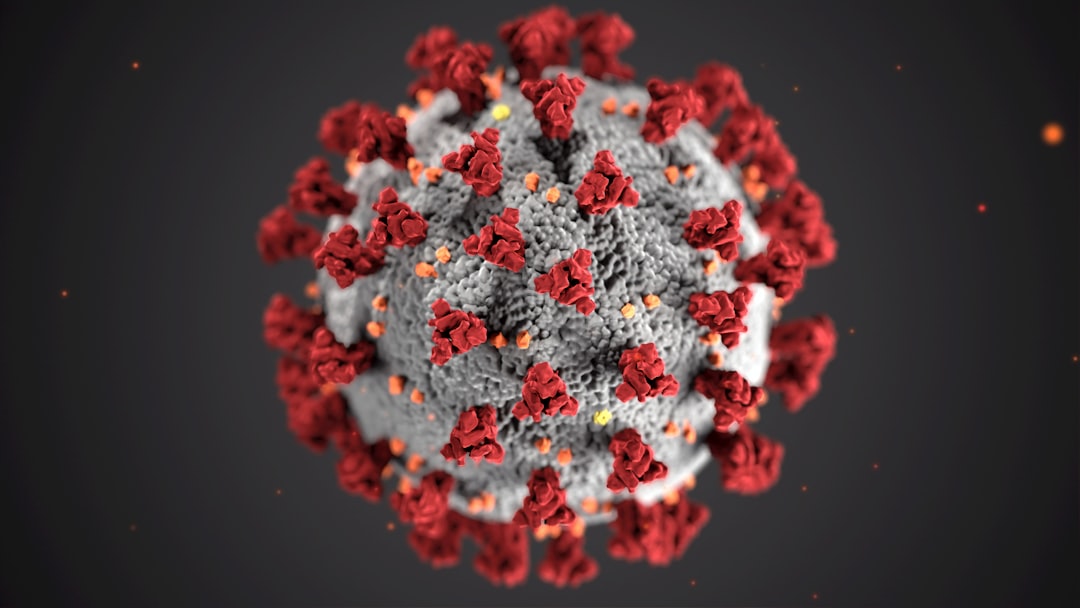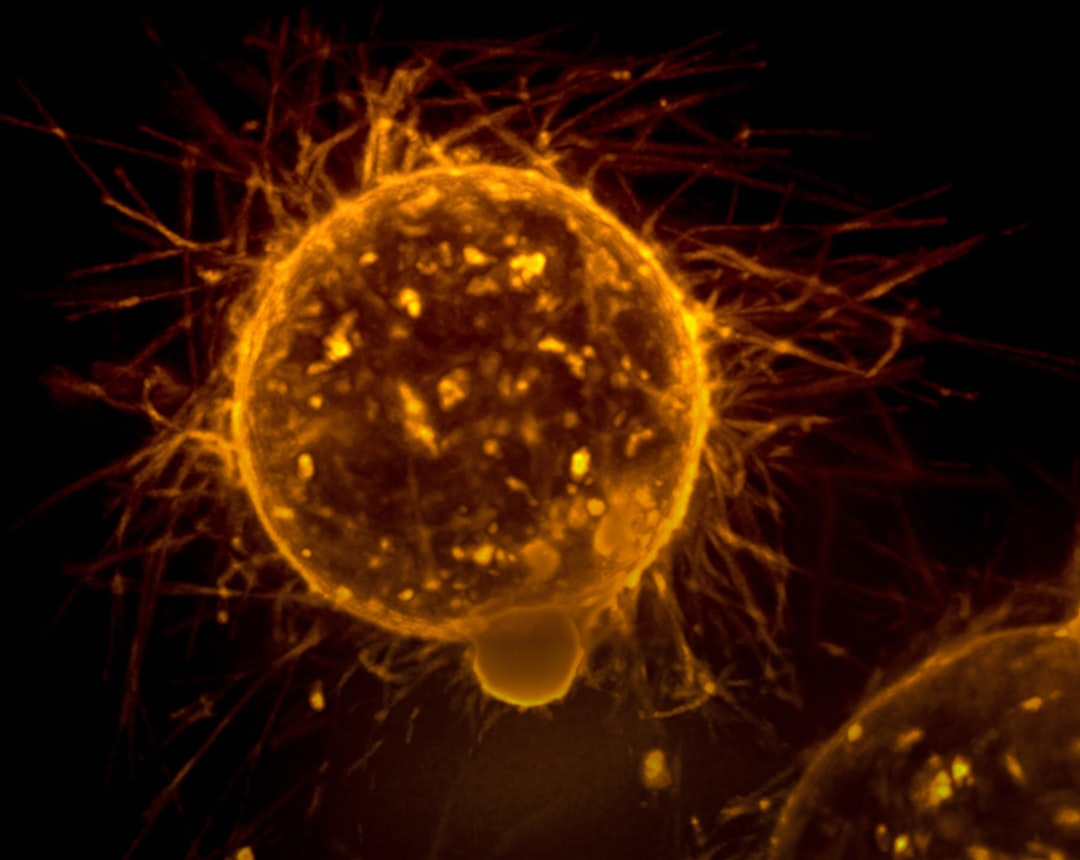What is it about?
Using phylogenetic trees, we were able to recreate how the COVID-19 virus spread across the city, replicated, and mutated, including which areas of New York City transmitted the virus to other locations with greater frequency. We also identified key mutations and tracked their dispersal.
Featured Image

Photo by Fusion Medical Animation on Unsplash
Why is it important?
We found that the borough of Queens played a significant role of COVID-19 transmission in the early phases of the pandemic due to the relatively higher local circulation of viral lineages. As in many other cities around the world, important commuting activity radiating out of central city areas likely played an important role in disseminating the virus. Essential workers could not stay home and work remotely and they needed to use public transportation.
Perspectives
It was a privilege to have been able to contribute to a better understanding of how the virus dispersed earlier in the pandemic. The work was carried out while the city was basically under lockdown. we collaborated with an amazing team of evolutionary virologists from Belgium who developed powerful methodologies to understand how the virus circulated, as well as how many times it had been introduced into our city.
Adriana Heguy
NYU Grossman School of Medicine
Read the Original
This page is a summary of: Dispersal dynamics of SARS-CoV-2 lineages during the first epidemic wave in New York City, PLoS Pathogens, May 2021, PLOS,
DOI: 10.1371/journal.ppat.1009571.
You can read the full text:
Contributors
The following have contributed to this page










